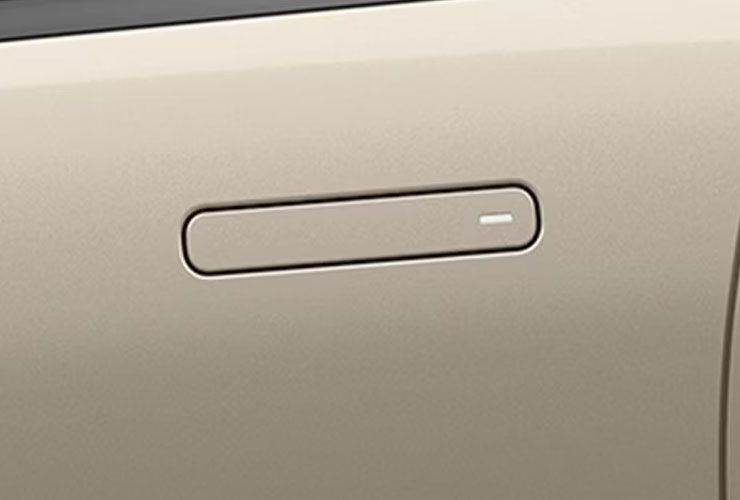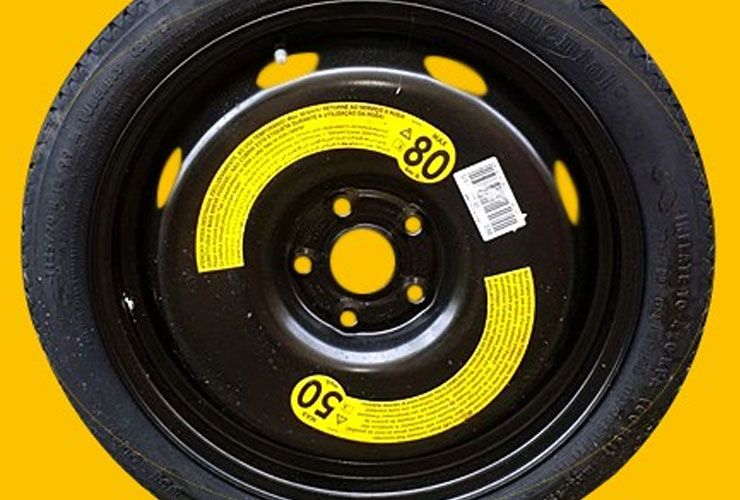10 Most Irritating Features In Modern Cars


Modern cars are supposed to make lives easier. But sometimes, their long list of features and tech tend to test our patience. Even budget-friendly cars are now packed with tech that can overwhelm you. Here are the 10 most irritating features you’ll find in today’s cars and SUVs.

Also known as ‘flush-type door handles’, these are becoming a common find on modern cars and SUVs. For the uninformed, these are essentially door handles that are integrated into the vehicle’s design and pop out only when needed. They sit flush with the door’s surface, and do not protrude out. Once the vehicle is unlocked, these pop out and can be pulled like regular handles.
Yes, they are fancy and pack enough drama to get people excited. However, when you start living with the vehicle, you’ll realise that these come with major ergonomic issues. They’re fiddly and inconvenient in a hurry. If the underlying electronics malfunction, these handles can present serious failures as well. Safety concerns are so real that China is even considering banning fully hidden retractable handles.

Seatbelt reminders are great for safety, but when implemented badly, they can drive you mad. In recent past, carmakers like Maruti Suzuki, used fit rear-seat chimes without load sensors. That means even if no one’s sitting in the back, the alarm won’t stop unless you buckle up the empty seat!
Ideally, a load sensor placed in the seat should sense the presence of occupants and decide if the alarm should go off or not. Fast forward to the present day, and it is rare to find such setups.

Automatic start/stop can bring about significant fuel savings, especially if you are someone who drives a lot in the city. It is indeed a desirable feature.
Many a time, owners find this system to be annoying. Two things about the auto start/stop system could irritate you- frequency and the way the stop/restart occurs. If the traffic around is heavy and slow-moving, the system may stop and start several times continuously- almost like an over-enthusiastic intern who can’t sit still!
Modern engines can accommodate the auto start/stop mechanism well. In most cases, the start/stop operation is seamless. However, as the vehicle (and the engine) ages, the start/stop process will become more evident. In the case of diesel engines, the process will be very tangible. You will feel the slight shudder every time the system deploys.
The good thing here is that all vehicles equipped with the automatic Start/stop function come with buttons that can be used to turn it off.

In India, it is mandatory for every car to have a speed chimes. At 80 kph, you get a warning. At 120 kph, you get another. These can be annoying, especially on expressways and highways where the speed limit is 100 kph. In the past, some budget cars had 80 kph speed chimes that would go off until the driver slowed down to sub-80 kph speeds. These had created massive inconvenience to vehicle owners, and many discussion threads online even explored the possibilities of having the alarm turned off completely. Now, in most cars, the speed chimes do not last long.

The advent of electric vehicles (EVs) has brought about massive ‘digitalisation’. Manufacturers these days, integrate most vehicle functions into the central touchscreen. This gives the car a futuristic feel and helps the company reduce manufacturing costs.
Integrating even the basic AC controls into the touchscreen can be very irritating during ownership. These can be very inconvenient to use.
Plus, if the screen slows down or malfunctions, the air conditioning system, which is a very basic requirement, will be compromised! Models like the BYD Seal have even integrated the basic air-con vent movements into the screen! Many find this unacceptable...

India is a Right Hand Drive (RHD) market. The cars sold here, thus have indicator and headlamps stalk to the right and wiper stalks to the left of the steering wheel. In some cars, however, we have seen a different arrangement. In Volkswagen, Skoda and Ford cars, for example, the indicator stalks are positioned to the left side of the steering wheel. T
This is a signature arrangement of European cars, which many Indian’s find irritating, especially in the first few months of ownership. They end up flicking their wipers instead of indicators every time they want to turn! There’s definitely a learning curve involved.

Space saver wheels are becoming increasingly common in the Indian market. These are significantly thinner than the stock wheels, and usually have lower weight and speed tolerance as well. Most space saver wheels last for 100-110 km, and can only do speeds of up to 80 kph. The key intention behind supplying space-savers instead of full-size sparewheel is to minimize impact on usable boot space, and to cut costs. Living with these, can be irritating for many. Space savers feel like a downgrade we never asked for.

What’s more irritating than having a space saver spare wheel? Not having one at all! Many automakers today, refrain from providing spare wheels, and supply puncture repair kits instead. These usually consist of an electric air pump, tyre sealing solution, and tools to implement the fix. It can be very annoying to ‘repair punctures’, especially for untrained hands.

Electronic Parking Brake uses an electronic control unit (ECU) and actuators to engage the handbrake. Instead of the traditional handbrake lever, the driver here uses a button to engage the parking brake. This system is claimed to provide more convenience and safety. In reality, however, many users find EPBs to be annoying.
Many still double check to ensure the brakes are engaged, as the button-based system lacks the tactile feedbacks of a handbrake lever! Enthusiasts hate it. Why? With no lever to yank, handbrake turns are history...

It is common to find welcome chimes and narrations in cars and SUVs today. Many cars ‘welcome you’ every time you get inside. These, in fact, make no sense and often get occupants annoyed. You don’t really have to be told ‘Welcome to Mahindra XUV700’ when you know you’re inside one, and have even paid for it! Having to hear it every time you get in is miserable!
Another major nuissance is the audio notifications of essential vehicle functions. For example, in most Tata cars, you will hear loud audio notifications every time you change the driving mode. These can be annoying and can even get you embarrassed in front of fellow occupants.